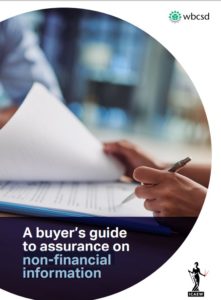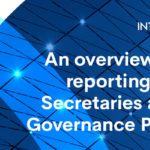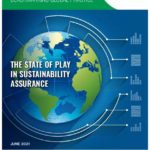
By providing external validation of disclosures, and of the processes undertaken in producing those disclosures, assurance can increase the confidence of capital providers and other stakeholders using non-financial information to guide their decision-making. But what is assurance? How does it work? And how is it beneficial to users of nonfinancial information? This ‘Buyer’s guide to assurance on non-financial information’ (the guide), written by the Audit and Assurance Faculty of the Institute of Chartered Accountants in England and Wales (ICAEW) and the WBCSD, addresses these questions and brings much-needed clarity on a topic that is often perceived as confusing.
For those unfamiliar with the topic of assurance, the first part of the guide explains the concept of assurance, what it means to obtain assurance for non-financial information and how assurance is conducted. In doing so, we address some common misconceptions about assurance and explore the differences between reasonable and limited assurance – an area that can be challenging to understand.
The second part of the guide offers practical guidance, considerations and tips to help organizations assess whether assurance is the right service to meet their needs and to identify and procure assurance services that are ‘fit for purpose’. While this guide is focused on listed organizations, it can be applied by all organizations worldwide. And although increasing demand for robust and reliable environmental, social and governance (ESG) information has shaped many of the considerations, it can be used in the context of all nonfinancial information.
Given recent inquiries into the audit profession – following corporate collapses and other examples of perceived audit
failure – the timeliness of this publication is clear. Whatever the outcome of these inquiries, ICAEW and WBCSD share the view that assurance will play a more prominent role in the future of corporate reporting. In the context of these inquiries
and the rise in demand for credible ESG and other nonfinancial information, it is more important than ever that organizations understand what assurance is, the value it can bring to users of non-financial information, and how to procure assurance services that meet the needs of users and the organization itself.
In producing this guide, ICAEW and WBCSD aim to address these specific points and help to ensure that those charged with procuring assurance services are better informed.



